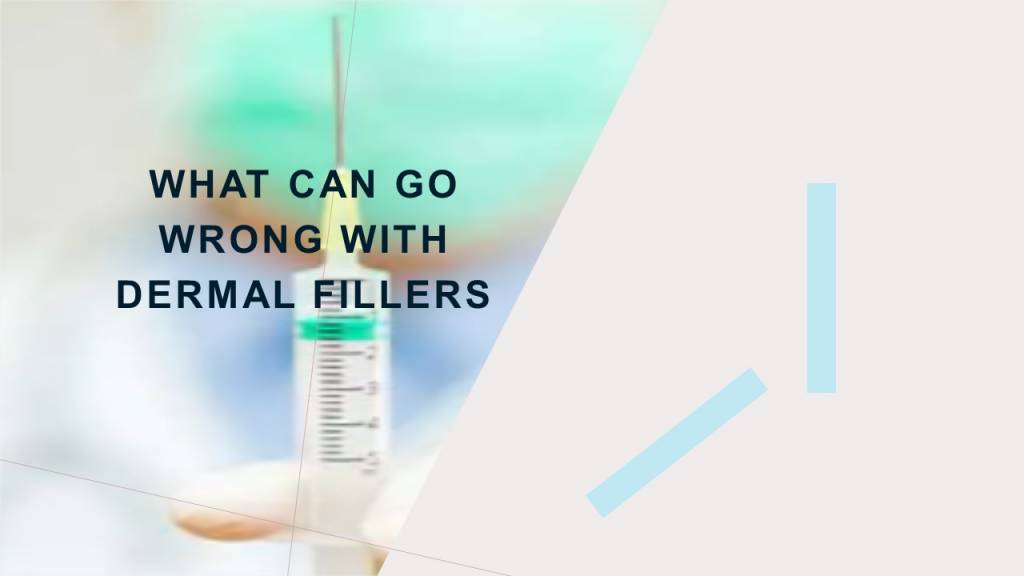
Are you considering making the move to get lip injections? This is a big life decision that can drastically alter the way someone looks. There seem to me more stories about lip augmentation gone wrong than there are stories about it going right. The rise of injectables, such as dermal fillers and neurotoxin injections, have made shaping the lips easier than ever before. Unfortunately, that does not mean that the procedure is without risks.
What Can Go Wrong?
If not performed by trained healthcare injectors, there is always a risk that dermal fillers may result in less-than-ideal outcomes. The most common issues with lip injections are bruising, asymmetry, bumpiness, and prolonged swelling.
Bumpiness: Lumps and bumps after fillers typically subside within 72 hours. However, in some cases, small, hard lumps may be visibly apparent on the lips for weeks or months if the injections have been made too superficially.
Unevenness or asymmetry: Poor injection technique may cause the top lip to appear plumper than the lower lip. Sometimes asymmetry can also be caused by the way the filler settles.
Overfilled lips: Excess filler can cause the lips to overly protrude. Overfilled lips can become stiff, rendering it challenging to make expressions with the lips.
Bruising: Bruising is, unfortunately, a prevalent side effect of lip fillers and happens when the larger blood vessels in the lips are punctured. Usually, bruises will run their course and fade within one to two weeks. If you have significant pain with your bruises, or irregular bruising outside the lips, get your lips checked out.
Swelling: Lip tissue is extremely vascular, and therefore sensitive. Some swelling after the procedure should be expected for five days. Intermittent icing can manage swelling. Talk to your injector if swelling lingers longer.
Nodules and blebs: This is usually filler that is placed too superficially (too close to the surface of the skin). They generally look like white- or skin-colored lumps and are painless and harmless, but can sometimes look unsightly.
Allergic reactions: Very rarely, people are allergic to the filler. Though, more commonly, they are allergic to the anesthetic included in the filler. These reactions can range from very mild to severe.
What can be done to prevent it?
Steps can be taken before your procedure to minimize the likelihood of some complications. You can reduce bruising by using ice packs during injections, stopping medications like aspirin, ibuprofen, and other non-steroidal anti-inflammatories two weeks or so prior to treatment. Stopping supplements like fish oil and vitamin E, which can increase bleeding, can also reduce bruising. Arnica Montana may also offer mild benefits in reducing swelling and bruising following injections. Pre- and post-procedural diet may also play a part. Eating pineapple and foods rich in antioxidants before the injection and avoiding alcohol after the injection may help as well.
So what do I do?
I know this all sounds scary! But it is important to understand that in the wrong hands, fillers really can be frightening. However, if you choose a medically qualified injectors, the risk of complications is extremely low.
At Spade, we perform these procedures daily based on 6 days a week. If interested, we would be happy to book your initial consultation appointment >>>

